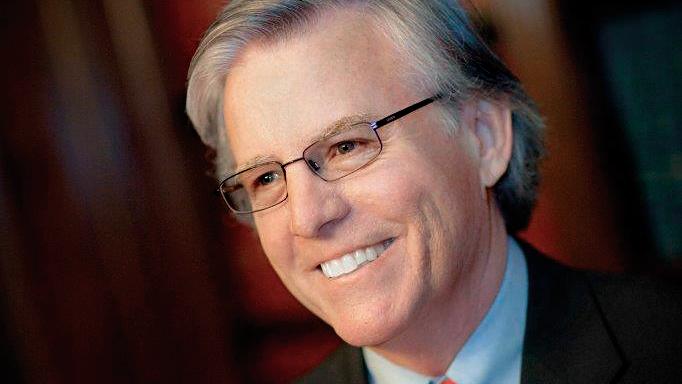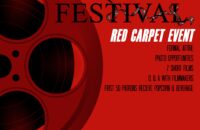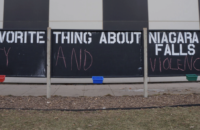Frank Dux;
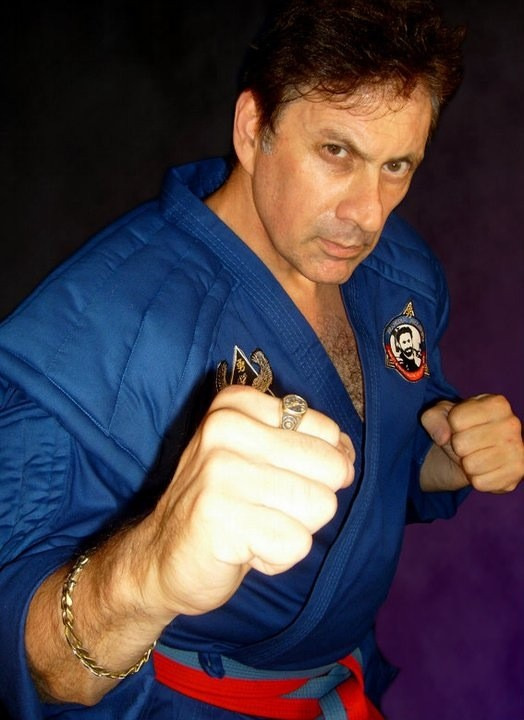
Frank Dux
Few people are aware of how the late Bruce Lee – although a world famous star of martial arts films – was one of the most controversial and ridiculed martial artists within the martial arts community.
Lee likened the criticism to the children’s game of “King of The Hill” since various people took turns, it seemed to him, sometimes ganging up on him, to push him off his top of the hill position in martial arts.
I observed it myself.
In the 1960’s, I was part of the upcoming group of young martial artists who grew up in the “San Fernando Valley of The Champions”. I heard many unflattering stories about Lee, floated around from mouth-to-ear of gossipers, some of them notable martial artists.
One story was that at a Kung Fu demonstration in Los Angeles’s Chinatown, Jimmy Haw Woo, the man credited with bringing Kung Fu San Soo to America, and Bruce Lee were there. Woo called Bruce out as a fraud with no understanding of real Kung Fu. Lee and his entourage, rather than stand and fight the dishonor, ran away.
Another story was that the Chinese community, upset with Lee teaching Kung Fu to non-Asians, shamed him out of their world by dispatching a Kung Fu “boo how doy”, a real hatchet man, who broke Lee’s back. This forced Lee to break ties to Kung Fu, and invent his own style of martial arts — Jeet Kune Do – in order to safely continue teaching non-Asians.

Two great martial arts fighters. Vic Moore (l), the first black to become a national karate champion, in an exhibition of speed and Bruce Lee (r). While Dux never got the opportunity to fight Bruce Lee, he had two matches with Vic Moore. Both ended in draws.
Having witnessed the defamation of Bruce Lee, it helped me process the falsehoods said about myself after I rose to some prominence and my fights came to the attention of Black Belt Magazine which led to a movie about a part of my life, called Bloodsport, starring Jean Claude Van Damme as me.
Soon after the movie came out, the negative talk about me from people in the martial arts community exploded.
The rumors took wings once the movie became a box office success and my martial arts schools were growing by leaps and bounds.
A Los Angeles Times journalist, John Johnson, contacted by one of my detractors, decided to write a story about me. For hi sources he basically limited himself to those who had other, competing martial arts school, a number of so-called ninja masters whose business model was threatened by my work in martial arts and my lectures on the subject of how the word ‘ninja’ was misconstrued and misused and was not a true martial art.
Johnson wrote his story, published in the Los Angeles Time on May 1988. It was little more than an editorial disguised as a news report, a “hatchet job.”
If you have the time, and are curious, one of my students hosts a website, www.fasstduxryu.com where, a “Frank Dux Kills The Bull Videos” link provides a lighthearted examination of how the truth was distorted in the Times article and how others made use of the original falsehoods by regurgitating the same lies – with the same old argument – it must be true if it is published in the Los Angeles Times.
I once considered suing the Times but as my business activities increased so did my reputation and more offers came. I felt it not worth the time to tread down the expensive legal path to try, as a public figure, to try to prove malice in a defamation or libel suit.
Still, the story was wrong. For example, the Times reported that no evidence existed that my mentor and martial arts instructor, Senzo Tanaka ever lived. The Times writer went so far as to imply I made him up, borrowing the name from an Ian Fleming novel.
Johnson, for the Times, quoted me, on Senzo Tanaka: “‘We developed a kinship like no other,’ Dux said of his relationship with his ‘world-famous’ teacher, Senzo (Tiger) Tanaka, who Dux said was the descendant of a warrior line 40 generations long.”
Johnson added, “No trace of Tanaka could be found in historical texts or from independent martial arts experts.” Johnson also wrote he couldn’t find any record of his death, which he claimed I said occurred in 1975.
As for the “martial arts experts” Johnson quotes only one – Shoto Tanemura, a somewhat obscure Ninjitsu instructor, whose school was in competition with my own.
Johnson called him “one of a select group of recognized Ninja masters in the world [who] said … he had never heard of Dux or Tanaka. ‘There is not Mr. Tanaka in Japanese history’ of the Ninja families, Tanemura said.”
Not that this is truly important, except as an example of how fake news is spun.
Johnson quotes Tanemura, the expert, who claims no Tanaka or ninja lineage in the Tanaka name existed. Ironically Tanemura was peddling his own brand of Ninjutsu as a 35 generations old martial arts tradition. But, and here’s the ironic part, with no known record of his lineage in existence in Japan except what he peddled as his own. Had Johnson called other martial artists they would likely have denied hearing about Tanemura.
The selective use of a source is a way of distorting the truth.
But here we had it on the record – and the LA Times too – no existence of my teacher Tanaka, no evidence the name exists in Japan.
A little research however would have shown that Senzo Tanaka did exists and this is evidenced by his death certificate on record in Los Angeles (he died in 1975) and can be viewed online along with the US Dept. of Labor records of passenger manifests which showed he travel to the USA and which contains his place and date of birth and his prior occupation in Japan.
Everything I told Johnson which he ridiculed in print turned out to be true.
Tanaka did exist. He was the age I said he was when I met and trained with him. The passenger manifest shows he came to the US. His death certificate shows he died in the very city, Los Angeles, where I said he died.
But, according to the Times story, the expert witness said there was no Tanaka associated with Ninjitsu in Japanese history. Yet near Fujieda, in central Shizuoka, near where my instructor was born and lived as one of the warrior farmers who, for centuries, had made the area famous for its honorable, skillful fighters, there are numerous Tanaka’s still living who teach the traditional way. And in this area, the bastion of Ninjutsu, is the cave where Miyamoto Musashi lived and wrote his immortal Book of Five Rings, and where, in feudal times, when every warlord made use of forces we now wrongly identify as Ninja — fighting men of honor – there exists Tanaka castle.
Strange that Johnson quoted an expert who said he knew not of the name Tanaka.
The intent of the Johnson editorial was to create the impression that I was a fake Ninja.
But I never looked back. In the mid-1970’s, before Bloodsport came out and before the Ninja boom, I constructed my “budo” (way of warfare) from my own name, “Dux” and “Ryu”, which means to flow from, and identified the strategies that guided it: Ninjitsu (Intrinsic/Strategic battlefield skills.)
Dux Ryu was the first American System of Ninjutsu.

Poster used in the movie Bloodsport.
But as the Ninja craze developed, my school’s name conflicted with what certain so-called ninja teachers who advertised in certain martial arts magazines were peddling, which was that Ninjutsu/Ninja is a hundreds of years old form of “martial art”.
This I knew was a money making scam, guys calling themselves ninjas and selling their bogus “centuries old” ninja fighting manual courses, seminars and products.
The ninja martial art myth perpetrators and the martial art magazines profiting from their advertising propagated that only one authentic lineage existed, called “Togakure-ryu.” The linchpin of their claim of authenticity was a mysterious headmaster “Toda”, who, unlike my teacher, Tanaka, there really is no proof of his existence found anywhere in Japan.
So, with perfect fake news reporting, the expert witness who claimed Tanaka did not exist, who was my competitor in business, peddling a bogus history of ancient lineage, is quoted as saying my teacher was not real.
Bruce Lee, tired of the carping criticism, formed an alliance with the martial arts magazines – particularly Rainbow Publications mogul Mito Ohara, (who published black belt magazine and many others). With Lee’s advertising and Ohara’s publicity machine, Lee began to overcome the criticism and hateful speech heaped on him in the envious world of faux martial arts.
After his untimely death, his wife Linda Lee and her new husband marketed Lee’s image magnificently with his picture making the cover of every leading martial art magazine several times a year for decades and with books published in his name long after his death.
So, I can tell you from personal observation, that the world of drug trafficking at times pales in comparison to the cut-throat business of some martial arts businesses.
For my part, I owe a great debt to my honored teacher, the late and highly revered Senzo Tanaka and I am grateful to my thousands of students, my tens of thousands of correspondents and readers, and the people around the world who I hear from nearly every day of my life who say they were inspired by Bloodsport, the movie about my life.

With a sold out book with Harper Collins, with another great martial arts movie, the Quest, which I wrote, making it to the screen, with offers of speaking and teaching engagements coming in, with being recognized as a contributing source for the Navy Seal Spec War CFC Manual (k431-0097), and with a new book and a movie about me coming out soon, I have little time for the backbiters and purveyors of gossip.
I have little time for surmises, jealousies, conjectures; ‘words that are slippery or thought which is viscous.’
I have learned ‘silence from the talkative,’ and that ‘an unbelieved truth can hurt more than a lie.’
And ‘never trade individuality for conformity.’
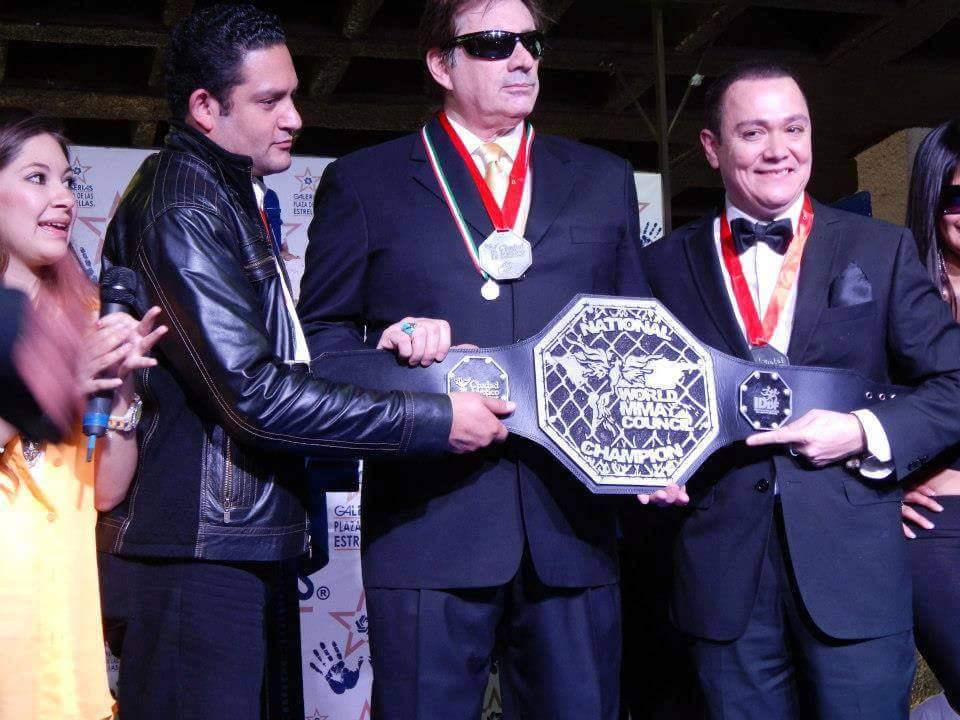
Dux (center) is inducted into the National MMA Council.



